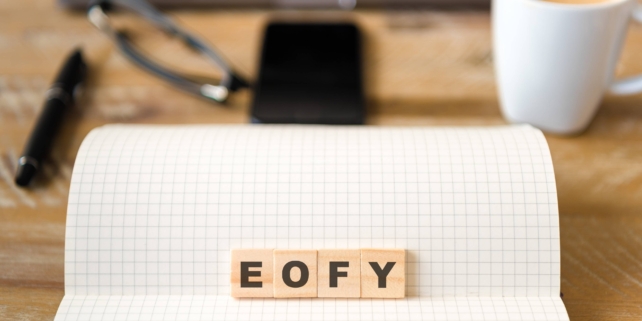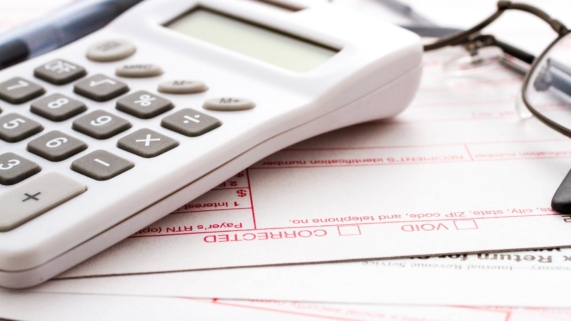Engaging a Virtual CFO
Outsourcing your financial function
Not all businesses need (or can afford) a full-time head of finance. But, in addition to accurate and regular financial reporting, they need a strategic view of finance, whether that means budgeting, business planning, forecasting, fundraising, financial modelling, acquiring a business and so on.
Outsourcing is a common way to save overhead… and ‘remote work’ is increasingly accepted in business culture. This has led to more businesses engaging a CFO on a part-time or contract basis. They collaborate with the bookkeepers, accounting team and management so the finance team can make a critical contribution to the development of the business.
An outsourced CFO is usually paid on an hourly basis or by a monthly retainer. This is a modest investment compared to a full-time hire which could involve a six-figure salary along with expensive benefits.
What should you look for in an outsourced CFO?
- Communication skills: Essential because the candidate will need to quickly get up to speed on your business, challenges and opportunities. They will also need to interact effectively with all stakeholders in the finance process, both senior and junior. On top of this, they may work remotely… which increases the need for exceptional communication skills.
- Experience as a CFO: You are looking for someone who can QUICKLY be effective. Yes, they will require some training on your business but they should have significant (think 8 to 10 years) experience in the field and be up-to-date on the latest tools and best practices.
- Vertical expertise: Your market and industry will also require some expertise. A CFO who has worked in multiple industries may display the ability to quickly learn new industry practices. (On the other hand, they may have tried and failed in those industries and the opposite may be true!!)
- Network: An effective outsourced CFO should have built a network of specialists, advisors, executives, potential employees and vendors who could add value to your business.
- References: Look especially at references who speak for the candidate’s work as an outsourced CFO in your industry for a business at a similar stage of development.
- Education: While this is not a requirement, most CFOs have a bachelor’s degree and/or an advanced business or finance degree. CPAs and other financial designations are also common.
- Your own unique needs: Be really specific here. For example, perhaps you require certain ‘soft skills’, flexible hours, fast response times, research capabilities, proactivity, the ability to challenge management, fresh ideas or a long-term commitment to mirror a long-term project underway.
How do you find an outsourced CFO?
You might find candidates through job boards, workshops, referrals or your network. Some agencies specialise in outsourced finance roles and they may have access to a larger pool of qualified candidates. As it happens, Notch Above is a bookkeeping provider offering CFO services and we have the advantage of already understanding small business.
Ideally, you want to consider at least three candidates for any role
Make sure you finalise a clear scope of work in advance and then allocate time and resources to onboarding. Time spent upfront familiarising the candidate with your business and needs is time well spent. And it sets the candidate up for success. After that a regular check-in with clear reporting lines is essential.
When is an outsourced CFO successful?
With clearly outlined objectives, detailed reporting and a regular meeting schedule, all parties will know how results are measured and evaluated. There’s also value in flexibility because goals and needs will inevitably evolve.
A final thought
Be ambitious! An effective outsourced CFO is a strategic hire and can have a massive positive impact on a business in terms of growth and profitability. Aim high, get results and don’t accept platitudes or excuses!
Need help with strategic financial decisions? Get in touch with Matt Salisbury at Notch Above on 1300 015 130 or read more here »









